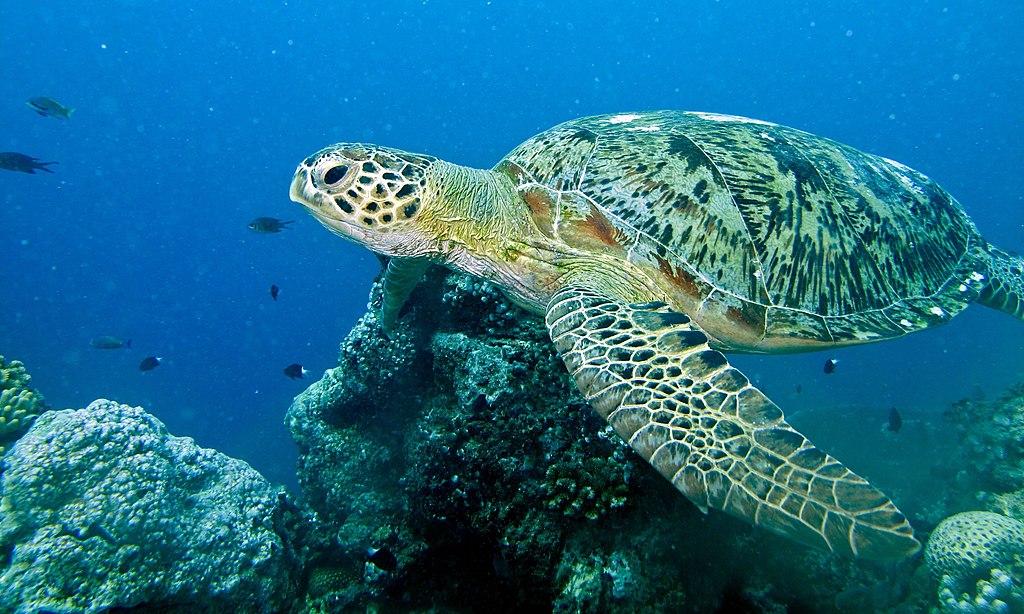News release
From:
The Royal Society
Turtle migration - Satellite-tracking reveals sex-specific migration distance in green turtles (Chelonia mydas)
Over the past twenty years, science has revealed the amazing migrations that female sea turtles make after laying their eggs on beaches. Until recently, however, little was known about how male sea turtles live. We used satellite-tracking devices attached to 12 male green turtles (Chelonia mydas) to show that, after the breeding period is over, males tend to migrate shorter distances from the breeding site compared to females (400 km versus 1000 km). Our findings provide new insight into the way sea turtles live and can have important implications for their protection in the wild.
Journal/
conference:
Biology Letters
Organisation/s:
Instituto Universitário de Ciências Psicológicas, Sociais e da Vida, Portugal
Funder:
This study was funded by the MAVA Foundation through the
projects ‘Consolidation of sea turtle conservation at the Bijagós Archipelago,
Guinea-Bissau’ and ‘Tortue d’Arguin’; the Regional
Partnership for Coastal and Marine Conservation (PRCM), through
the project ‘Survies des Tortues Marines’; the ‘La Caixa’ Foundation
(ID 100010434) through a fellowship awarded to A.R.P. (LCF/BQ/
PR20/11770003); the Fundação para a Ciência e a Tecnologia, Portugal,
through a grant (UIDB/04292/2020 and UIDP/04292/2020)
awarded to MARE and the project LA/P/0069/2020 granted to the
Associate Laboratory ARNET.



 International
International



